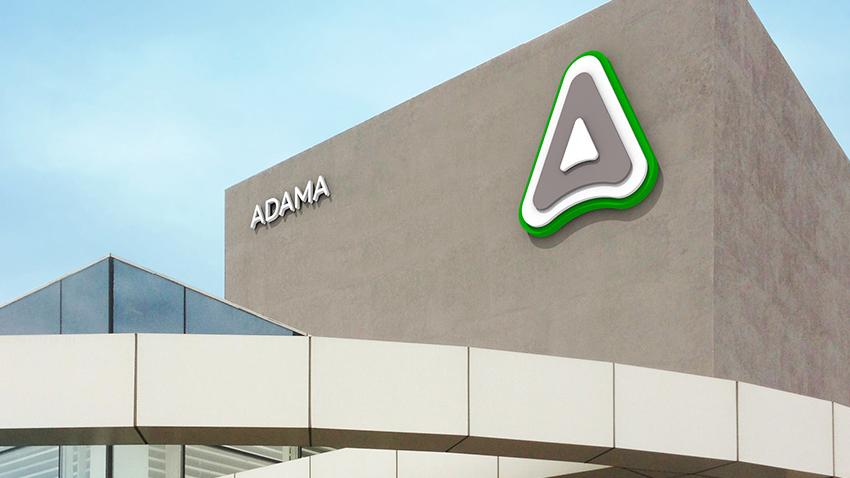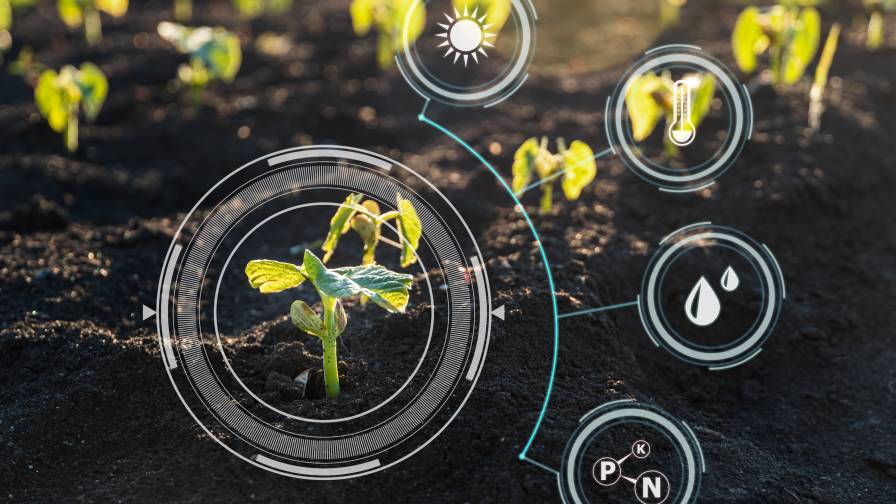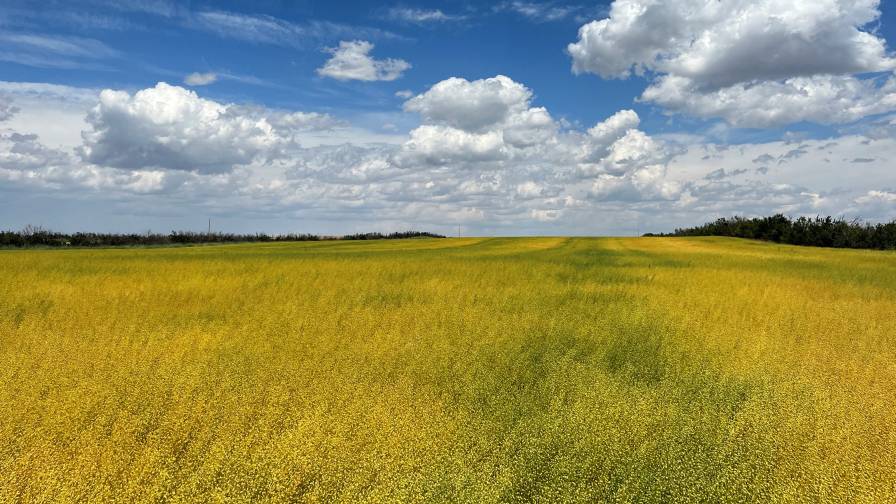Dupont’s Answer To US Biofuel Call
“The demand for alternative energy is going to put agriculture to the test and we have the science to help the industry meet the challenge,” said Dean Oestreich, DuPont vice president and president of DuPont subsidiary Pioneer Hi-Bred International, Inc. “Through corn yield increases, cellulosic production, and ethanol production efficiencies we will be able to double our per-acre ethanol output in 10 years.”
In his State of the Union address, President Bush called for mandatory fuel standards that require 35 billion gallons of renewable and alternative fuels be used by 2017 – nearly five times the 2012 target now in place. Alternative fuels will come from sources such as corn ethanol, ethanol from cellulosic feedstocks, advanced biofuels including biobutanol, biodiesel, and other alternative transportation energy options.
DuPont has been investing in a three-part strategy to deliver new technologies to the growing biofuels market while continuing to meet growing demand for grain corn, soybeans and other crops. The strategy includes:
- Improve existing ethanol production through differentiated agriculture seed products and crop protection chemicals;
- Develop and supply new technologies to allow conversion of cellulose to biofuels; and
- Develop and supply next-generation biofuels with improved performance.
Improving Ethanol Production
“The first part of DuPont’s three-part strategy is about increasing yield per acre and enhancing ethanol yield of grain,” said Oestreich. “We are doing this through biotechnology, enhanced and traditional breeding techniques, accurate product positioning on its customers’ farms and ethanol yield prediction analysis of its corn hybrids.”
He added that biotechnology advances such as Herculex Insect Protection traits and drought tolerance are or will soon be protecting their potential from yield-limiting factors. The company also offers guidance to famers wishing to switch to corn-after-corn rotations. The Pioneer IndustrySelect program identifies hybrids with higher ethanol yield potential and helps ethanol producers attain the hybrids they need to get higher ethanol yields per bushel, according to Oestreich.
For more on Pioneer’s seed selection, a Pioneer PDF can be is available for download.
Converting Cellulose To Biofuels
Through a US $38 million matching grant partnership with the US Department of Energy, a technology package is in development at DuPont to produce cellulosic ethanol from entire corn plants. The company is working with partners that include Deere & Co., Michigan State University, Diversa, and the National Renewable Energy Laboratory. Together, these groups are working on answering questions such as whether a hybrid seed can be developed to improve conversion of cellulose to sugars, what type of new agricultural equipment will be needed to harvest this new crop, and how the industry will ensure sustainable agricultural practices.
Develop, Supply Next-Generation Biofuels
In June 2006, DuPont and BP announced that they will bring the next generation of biofuels to market. The first product will be biobutanol, which has low vapor pressure and tolerance to water contamination in gasoline blends, facilitating its use in the existing gasoline supply and distribution channels. It has the potential to be blended into gasoline at higher concentrations than existing biofuels without the need to retrofit vehicles, and it offers better fuel economy than gasoline-ethanol blends, improving a car’s fuel efficiency and mileage.
For more on DuPont’s complete biofuels strategy, visit www.dupont.com.





